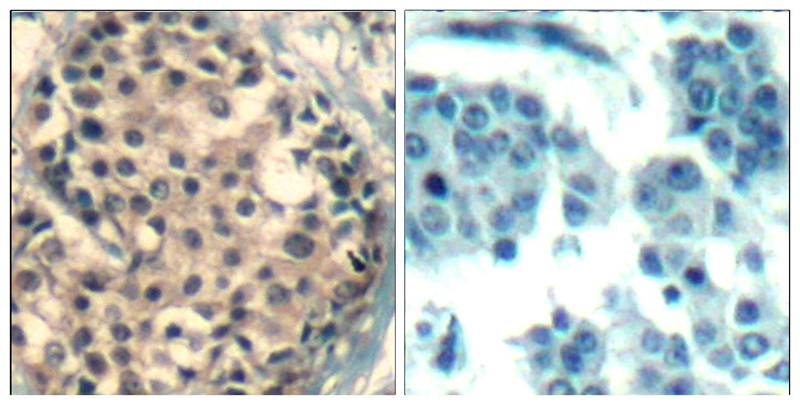Histone Deacetylases (HDACs) are a group of enzymes closely related to sirtuins. They catalyze the removal of acetyl groups from lysine residues in histones and non-histone proteins, resulting in transcriptional repression. In general,they do not act autonomously but as components of large multiprotein complexes, such as pRb-E2F and mSin3A, that mediate important transcription regulatory pathways. There are three classes of HDACs; classes 1, 2 and 4, which are closely related Zn2+-dependent enzymes. HDACs are ubiquitously expressed and they can exist in the nucleus or cytosol. Their subcellular localization is effected by protein-protein interactions (for example HDAC-14.3.3 complexes are retained in the cytosol) and by the class to which they belong (class 1 HDACs are predominantly nuclear whilst class 2 HDACs shuttle between the nucleus and cytosol). HDACs have a role in cell growth arrest, differentiation and death and this has led to substantial interest in HDAC inhibitors as possible antineoplastic agents.
Cress, W.D. and Seto, E. (2000) J Cell Physiol 184, 1-16.
Vigushin, D.M. and Coombes, R.C. (2004) Curr. Cancer Drug Targets 4, 205-218.
Marmorstein, R. (2001) Cell Mol Life Sci 58, 693-703.
Thiagalingam, S. et al. (2003) Ann. N.Y. Acad. Sci. 983, 84-100.



